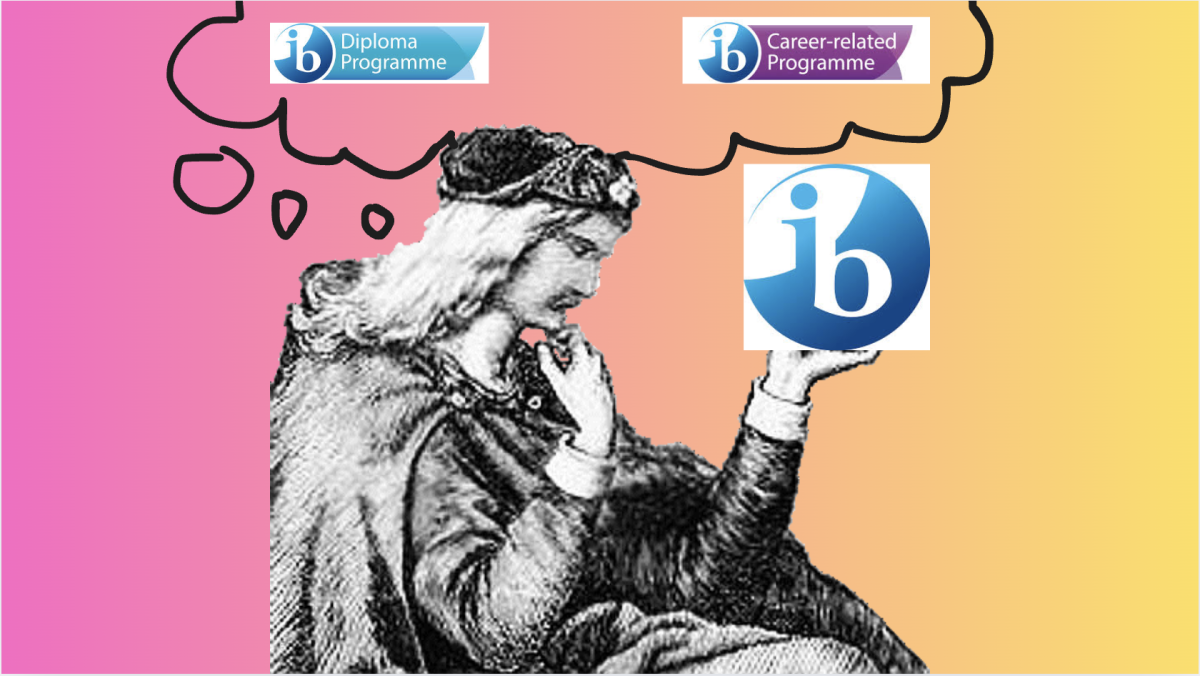Dear Warrior Wire,
I’m a freshman, and I want to go into IB my junior year. Should I do CP or DP?
Thanks,
Anonymous
Dear Anonymous,
To CP or to DP, that is the question- one that only you, my friend, can answer. However, I can break the fourth wall of Journalism to give you a six-step framework for decision making. Forgive my use of second and first person pronouns- I think you will find this helpful.
Step 1: List Your Options
List out all your options- ideally on a piece of paper or Google doc. As you learn more, you may need to add to or edit this list.
Step 2: Create Criteria
Draft a set of criteria for what you consider to be a desirable option. This rubric can be flexible, but knowing what you are actually looking for (or seeking to avoid)- even if that changes- will provide a starting point and will guide your search.
Some questions you could ask yourself to shape your criteria:
What are my interests, strengths, and weaknesses? What do I want to accomplish within and outside of school? What time and resources do I require to do so? What are my obligations? Do I love a particular subject, or am I more interdisciplinary? Where do I want to go to college? What is the purpose of school? What do I want out of my choice?
Step 3: Research (With Criteria In Mind) And Regret Management
Once you have an idea of what your criteria are, begin researching. Leave no stone unturned! Of course, allocate your energy wisely, but be sure to consider whether neglecting research of an option now might grieve you in the future. You want to feel as though you have done everything in your power to gather information, so that even if you do make a poor decision, you will know it was not for lack of effort or thoroughness.
Resources include parents, friends, peers (especially older ones), advisors, counselors, teachers, the IB website, the NAHS counseling website, and any other sage sources.
Step Four: Pro-Con It
Develop a sufficient understanding of your choices. Discard those that are absolutely untenable. Zero in on a few favorite options. Write out the Pros and Cons for each one. In what ways is a route aligned with your priorities? In what ways is it a detour from your ideal path? What cons are you willing to accept? What pros are you willing to forgo?
If an option is not worth writing out, it is probably either not worth considering or it is dwarfed by a clear winner.
Step Five: Sleep On It- But Not Too Long
Sleep on it, literally and metaphorically- if you have the time. Consult people who know and care about you. Get insight from those who have made the choices you are considering. Ask them about your concerns. Imagine the different scenarios.
Step Six: Decide. Commit. Move On.
Make the call. And once you do, no regrets, because you have done your research and made an informed choice.
Best of luck.
Sincerely,
Gwyneth Ferguson














